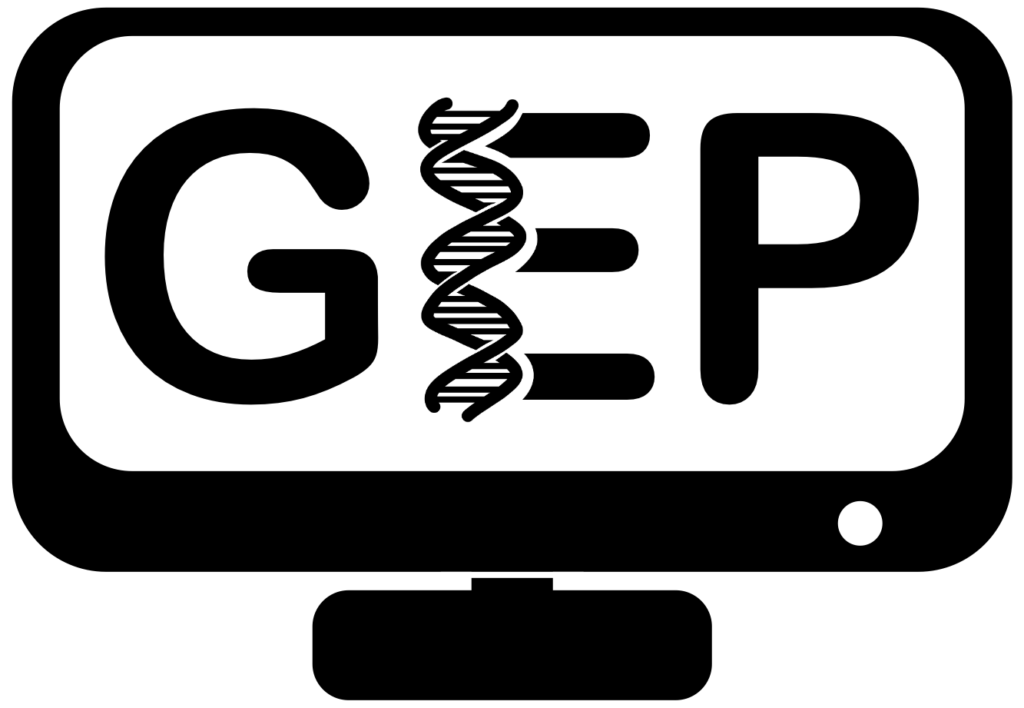4. Characteristics of the F Element
This lecture is Part 4 of a 4-part series—F Element Project: Annotated Lecture Slides.
This lecture uses the themes from Slide Sets 1-3, of the “F Element Project: Annotated Lecture Slides” sequence, in describing what we have learned about the F element—combining wet-bench work in the Elgin lab, results of chromatin mapping by the modENCODE consortium, and the bioinformatics efforts of the faculty and students of the GEP. This includes the following:
- characterization of the F element as a heterochromatic domain, high in repeated DNA but nonetheless having genes expressed at normal levels (7 slides);
- mapping the chromatin state in relationship to the genes and to reporter transgenes inserted into the F (9 slides);
- exploring the TSS and searching for unique factors or motifs associated with the TSSs of F element genes (6 slides);
- introducing the “expanded F” project, describing some of the finds made looking at the F of D. ananassae, and summarizing the ongoing challenges and questions (9 slides)
There is very significant overlap between this lecture and another.
One or the other can be used—either the all-in-one lecture, “Why study the F Element? or the series of four lectures titled F Element Project: Annotated Lecture Slides sequence —but not both.
One or the other can be used—either the all-in-one lecture, “Why study the F Element? or the series of four lectures titled F Element Project: Annotated Lecture Slides sequence —but not both.
